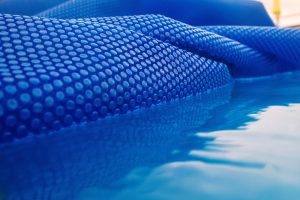- May 27, 2022
- 515
- Pool Size
- 15000
- Surface
- Plaster
- Chlorine
- Salt Water Generator
- SWG Type
- Hayward Turbo Cell (T-CELL-5)
Hi all, I took over managing my own pool this year. It was opened less than a week ago and with some brushing and vacuuming and filtering, I got lucky and water is already clear. Pool was managed by “trained professionals” in past years. The way they did it, pH always seemed high (8.0 is as high as I can measure and it was always 8.0, likely they let it get much higher as I never saw them add much of anything to the water), TA around 170 and CH between 200 and 250.
I want to reduce TA (to around 70) and increase CH (to around 450 or more) using what I remember of the Orenda method to “contain” pH rise while also keeping LSI in balance. Plan is to use HCl to lower TA and CaCl2 flakes to raise CH. So to the question — how should I go about actually doing this? All I can come up with is dilute about a quart of HCl into a bucket of water and add that in the morning, dissolve about 2 lbs. of CaCl2 and add that in the evening, repeat until levels are where I want them. Is this a good way to do this or how would you go about this? Thanks!
Current water test:
FC 3 ppm
TC 3 ppm
CC 0 ppm
TA 170
CH 200
pH 8.?
CYA 35
Salt 3,000 ppm
I want to reduce TA (to around 70) and increase CH (to around 450 or more) using what I remember of the Orenda method to “contain” pH rise while also keeping LSI in balance. Plan is to use HCl to lower TA and CaCl2 flakes to raise CH. So to the question — how should I go about actually doing this? All I can come up with is dilute about a quart of HCl into a bucket of water and add that in the morning, dissolve about 2 lbs. of CaCl2 and add that in the evening, repeat until levels are where I want them. Is this a good way to do this or how would you go about this? Thanks!
Current water test:
FC 3 ppm
TC 3 ppm
CC 0 ppm
TA 170
CH 200
pH 8.?
CYA 35
Salt 3,000 ppm



